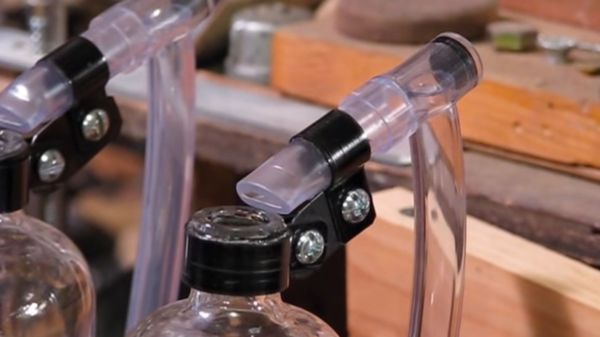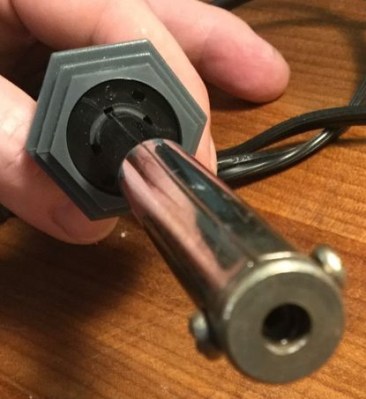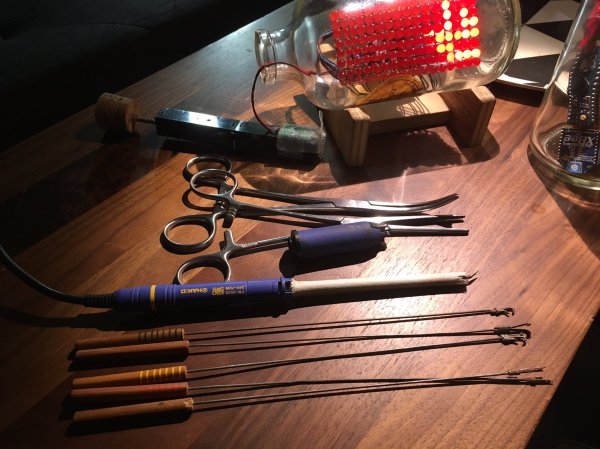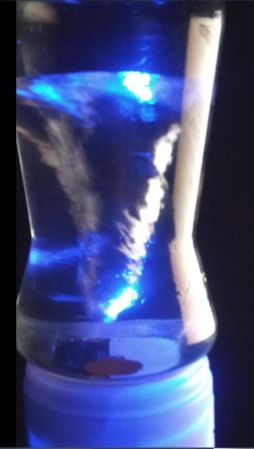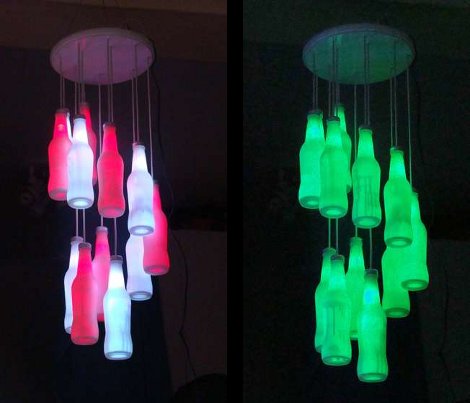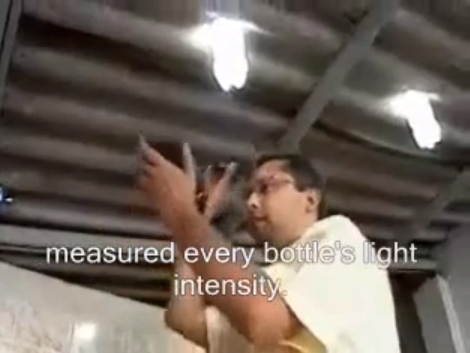[BlueFlower] sends in this cool wine bottle engraver. It’s a simple machine that reminds us of the infamous EggBot. One axis can move in x and z while the other axis rotates the work piece. The EggBot works in spherical coordinates while this one lives in a cylindrical world.
The base of the device appears to be an older project of [BlueFlower]’s an XY-Plotter/Cutter. The plotter itself is a very standard twin-motor gantry design. In fact, it looks like when the machine is converted to bottle engraving, the drivers which previously moved the Y-axis are re-purposed to move two rollers. The rollers themselves are suspiciously similar to those found inside 2D printers. We all have them kicking around our junk drawers, but it’s rare to see them actually being used. The spindled is just a DC motor with a ball grinder coupled to the end.
As for the final result, we have to admit that the engraved bottles are quite fetching. Catch a video of the engraving process after the break.
Continue reading “Forget Printing Labels For Your Bathtub Hooch, Why Not Engrave The Bottle?”


